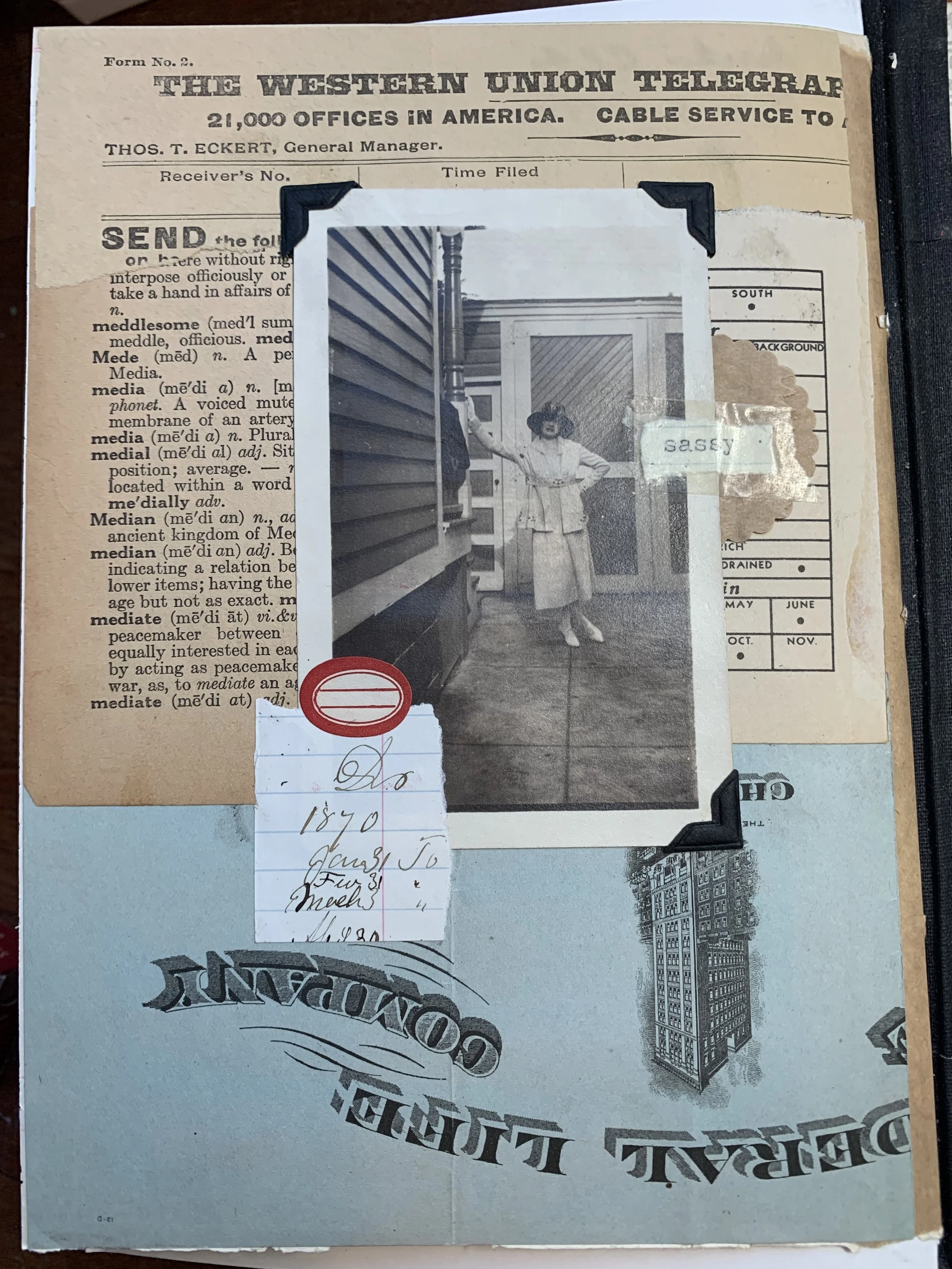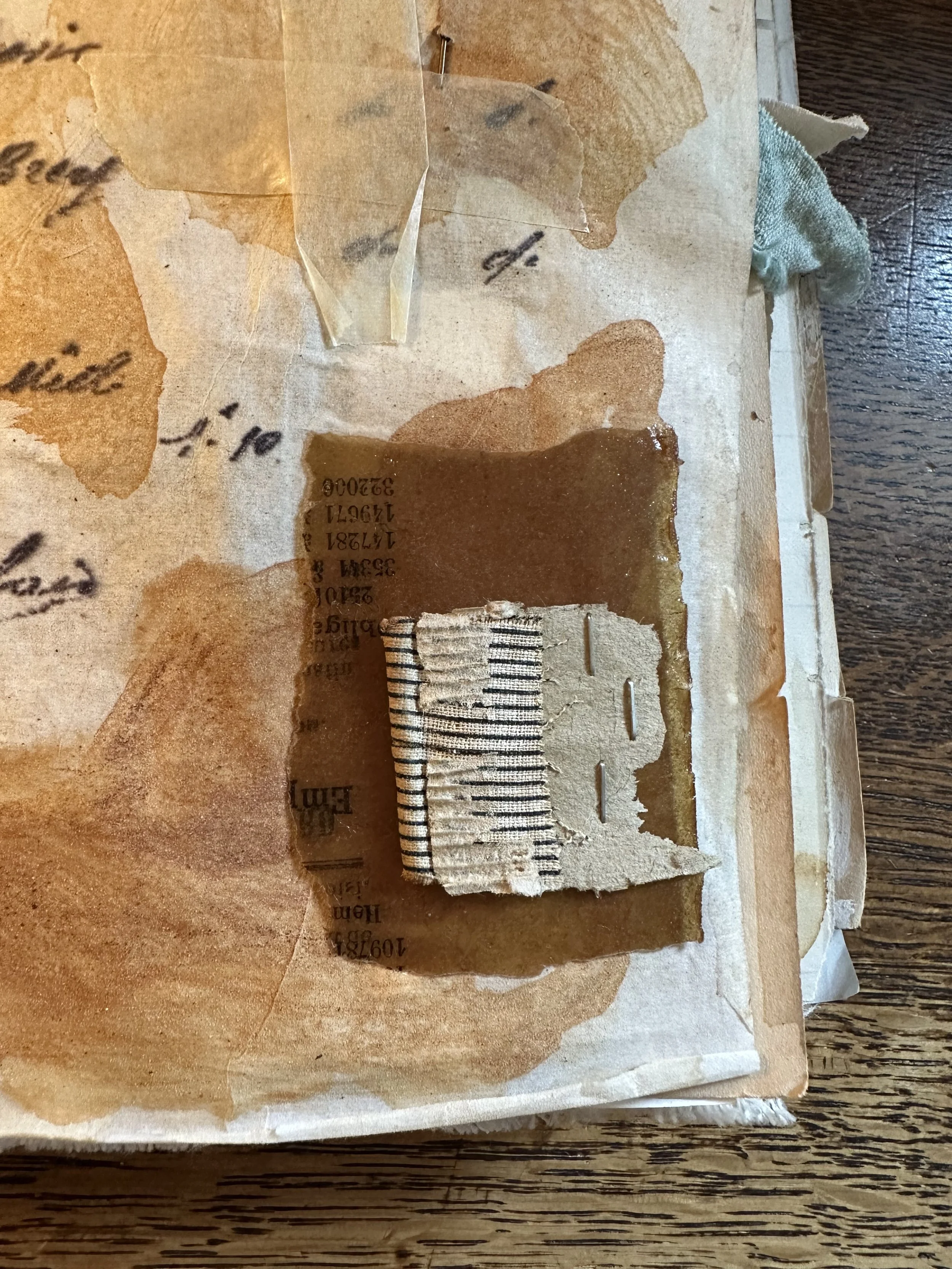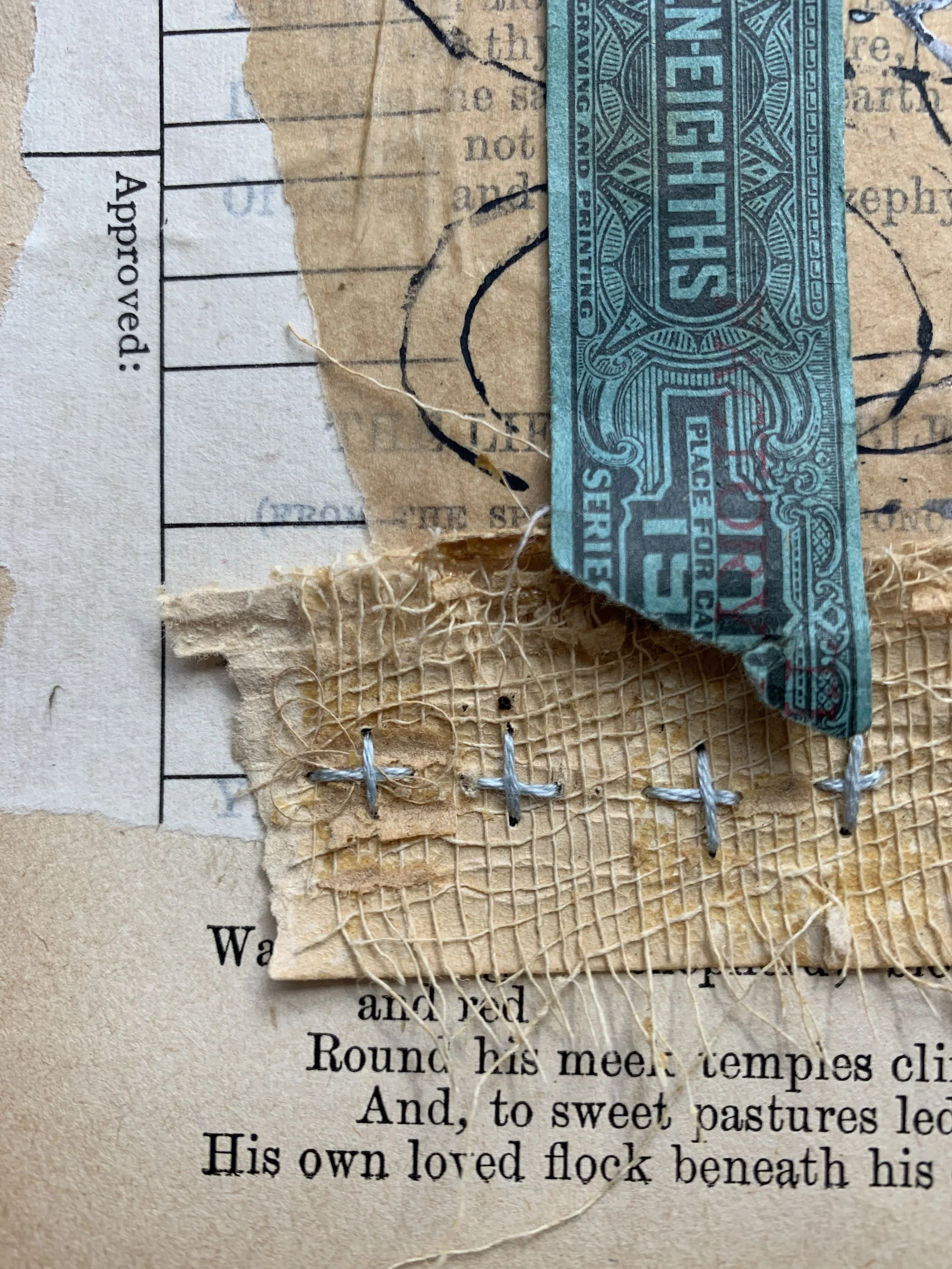Storytelling & Composition
Art journaling is more than just an exercise in creativity; it is a visual form of storytelling. Every torn page, every brushstroke, every carefully placed piece of ephemera whispers a fragment of your personal narrative. In vintage art journaling, storytelling is deeply intertwined with composition—how you arrange elements on a page determines the mood, meaning, and magic of your piece.
Letting Your Journal Page Speak to You
One of the most beautiful aspects of art journaling is the organic nature of the process. A blank page isn’t just an empty space—it’s an invitation. Instead of forcing a story, allow the materials to guide you. Lay out scraps of aged paper, delicate lace, or handwritten notes, and notice which pieces seem to gravitate toward one another. Listen to the dialogue happening between textures, colors, and shapes. Sometimes, the story emerges in ways you didn’t expect.
The Art of Composition: Arranging Elements with Intention
A strong composition enhances your journal’s storytelling. Here are some key techniques to consider:
Focal Points: Leading the Eye
Every spread benefits from a focal point—the visual element that draws the viewer in. This could be a vintage photograph, a striking word or phrase, or a richly textured collage piece. Once you determine the focal point, arrange supporting elements around it in a way that complements and enhances the story.
Layering: Depth & Meaning
Layering is a signature technique in vintage art journaling. Stacking elements—torn book pages, old letters, bits of fabric—adds depth to your composition, both visually and emotionally. Each layer can represent a different chapter of the story, building upon the previous ones to create a textured narrative.
Balance & Movement: Guiding the Flow
Consider how your eye moves across the page. Are the elements weighted too heavily on one side? Does the composition feel dynamic or static? Use asymmetry for a sense of movement, or repetition to create rhythm and unity. White space, or areas left intentionally unembellished, can also be a powerful tool in guiding the viewer’s eye.
Contrast & Harmony: Playing with Opposites
The interplay between light and dark, rough and smooth, structured and organic can make a composition sing. A bold ink stroke over delicate script, or a vibrant hue against sepia tones, creates visual contrast that adds interest and dimension.
Telling Your Story Through Vintage Elements
The materials you choose shape the emotional resonance of your journal. Vintage ephemera carries history, nostalgia, and mystery—each piece holding echoes of another time. Consider these storytelling elements:
Handwritten Letters & Postcards – A glimpse into past conversations and emotions
Old Photographs – Faces and places that spark curiosity and memory
Book Pages & Poetry – Words that anchor the theme of your spread
Fabric & Lace Scraps – Textural pieces that add a sense of warmth and tactility
Pressed Flowers & Botanical Sketches – A connection to nature and time’s passing
Your Story, Your Rules
There is no single way to tell a story through art journaling—your process is as unique as your voice. Trust your intuition, embrace imperfection, and allow your pages to evolve naturally. Whether your story is one of nostalgia, transformation, or simple appreciation for beautiful things, let it unfold in layers, colors, and textures that feel true to you.
At the heart of vintage art journaling is the freedom to create meaning from fragments—piecing together moments, emotions, and inspirations into a composition that is entirely your own. So gather your materials, listen to the whispers of your pages, and let your story come to life.




